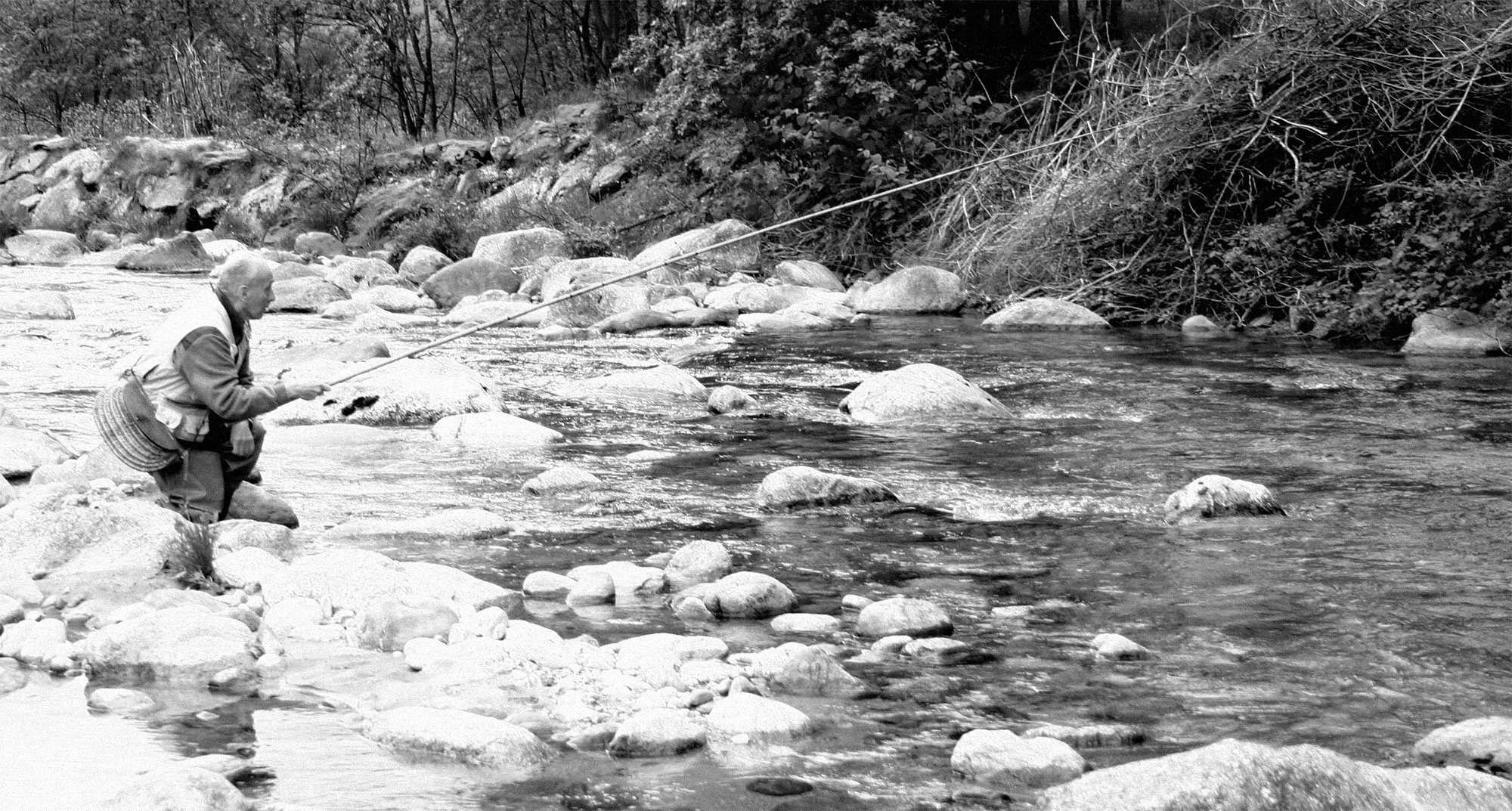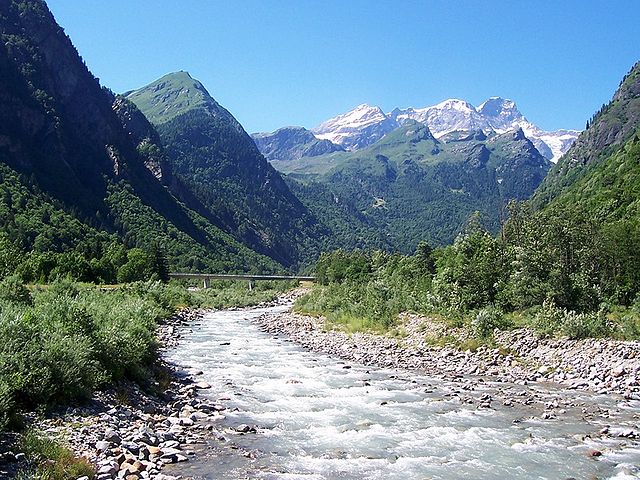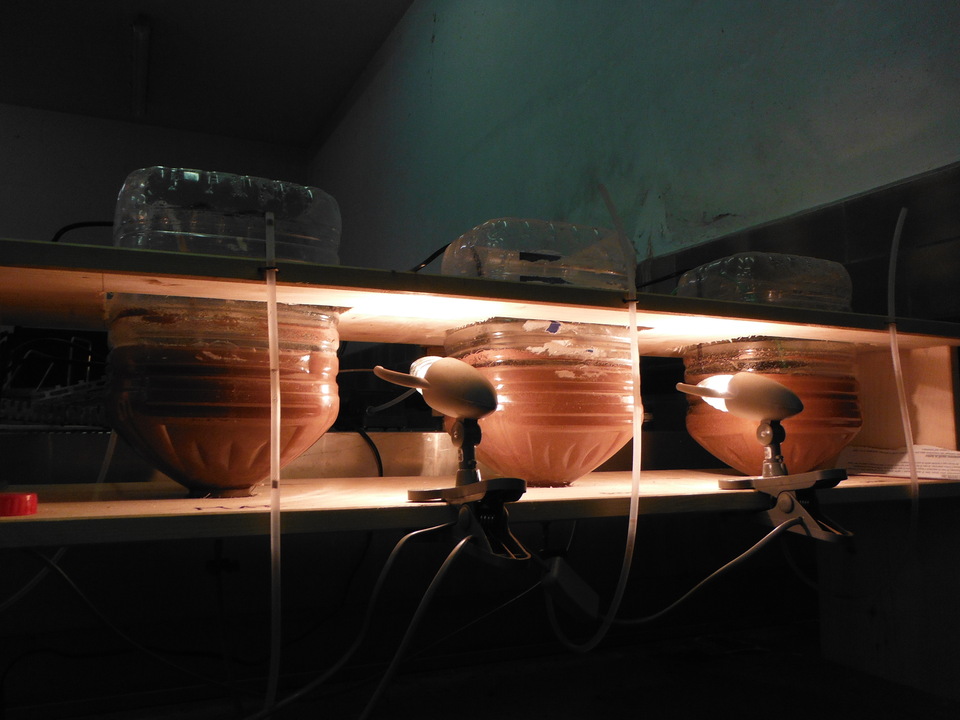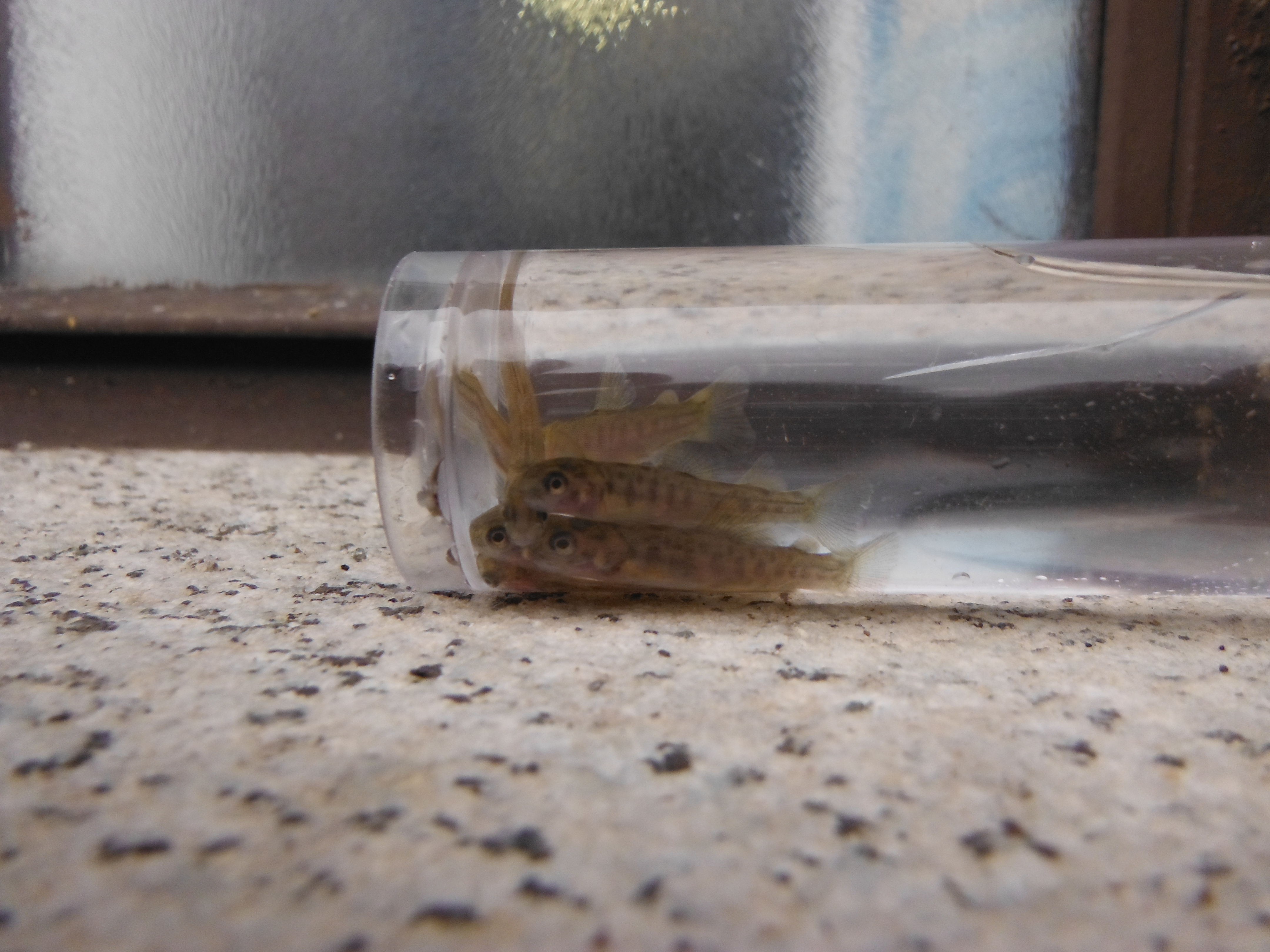


The first known document containing regulations governing fishing in Valsesia dates back to 1478. Since then, much water has flowed under the bridges, and there have been changes in the environment—some natural and cyclical, resulting from the whims of nature, while others, at times traumatic, caused by human intervention. The Upper Valsesia has suffered fewer damages compared to many other picturesque Alpine valleys, but it has not been completely unaffected by them.
The pristine waters of Valsesia, stretches from Monte Rosa to Varallo and Quarona, so the river and its tributaries flow largely untainted, offering a haven for both nature enthusiasts and avid anglers. While the river's abundance may be compromised at times due to water withdrawals for small-scale hydroelectric power plants, it is crucial to ensure responsible management to prevent any detrimental impact on the delicate ecosystem. The S.V.P.S. (Società di Valsesia per la Pesca Sportiva) is passionately dedicated to preserving and safeguarding these precious waters. And it is in these waters that we invite you to cast your line.

The Valsesiana Sport Fishing Society is heir to an organizational tradition of Valsesian fishermen dating back to the 19th century. It was officially established in 1946 as the Valsesiana Varallo Fishermen Society and adopted its current name in 1955 when it became affiliated with the F.I.P.S. (Italian Federation of Sport Fishing). Today, it manages approximately 300 kilometers of water (Sesia River, tributaries, and sub-tributaries) and 17 alpine lakes under concession from the Province of Vercelli. These waters are abundant with trout, grayling, and char. The Society has been actively involved in the conservation and breeding of native fish species, particularly those at risk of extinction, such as marble trout and Padano grayling. Additionally, the Society is dedicated to environmental protection and the promotion of tourism in the region. The Society is a non-profit organization and is managed by a Board of Directors. Its approximately seven hundred members have the opportunity to renew the Board through free elections held every four years.
Allow us to introduce the current members of the Board of Directors:
Together, they work to uphold the mission and objectives of the Society, ensuring the well-being of the ecosystem and providing enjoyable fishing experiences for members and visitors.
Let's start with an obvious but essential consideration that deserves to be reiterated: the health of the waters is a vital condition for the survival of fish and, therefore, for our own passion. It is our duty to protect it. The Valsesiana Sport Fishing Society is committed to this cause, working to prevent and counteract initiatives and behaviours that harm the environment.

We condemn individual behaviours such as littering, and waste abandonment and we urge everyone to use common sense and refrain from such actions. Additionally, there are more significant consequences that can only be addressed with the intervention of enlightened and forward-thinking local administrators.
The disasters caused by untreated sewage discharge and illegal dumping of industrial pollutants are well-known. Equally concerning is the risk posed by the reduction of water flow in rivers due to excessive withdrawals, primarily for hydroelectric purposes in mountainous areas. The artificial decrease of a watercourse's flow and the resulting decrease in turbulence inevitably reduce the river’s ability to clean itself. (An old popular saying goes, "With every wave, the water cleanses itself").
In a nutshell, let's remember the natural cycle that ensures this process: Organic particles of plant or animal origin, including those from discharges, suspended in water or deposited on the bottom, serve as food for macroinvertebrates (mainly insect larvae) that break them down into smaller pieces. Then, decomposing microorganisms (mainly bacteria) come into action, by transforming the organic matter into mineral salts. However, there is a "small" detail: these microorganisms need dissolved oxygen in the water to survive and perform their work effectively.
Less dissolved oxygen leads to a decrease in decomposing microorganisms, with several consequences: the formation of decay and toxic substances (caused by other organisms thriving in oxygen-depleted conditions), the death of macroinvertebrates, and the disappearance of fish. Improper management of water withdrawals, which reduce the flow of rivers and streams, can be responsible for all these problems. The necessary production of clean energy cannot and should not become an excuse for "Eco business" or a means to exploit and devastate the environment without consequences.
The Valsesiana Sport Fishing Society has opposed the construction of new hydroelectric power plants along the Sesia River and its tributaries because the existing ones are already too numerous. They will continue their fight and will request that the relevant authorities make it mandatory for all water withdrawal permit holders to install automatic sensors to ensure compliance with the Minimum Vital Flow established by law.
The artificial reproduction of marble trout and Padano grayling is crucial for the ecosystem as these two species are at risk of extinction. The Valsesiana Sport Fishing Society operates a breeding and hatchery facility in the Locarno district of Varallo. The tanks are supplied with water from the Duggia stream. The hatchery, where the eggs are hatched, consists of a series of 90 stainless steel trays arranged in cascades (18 rows of five trays each).
Each tray contains three perforated trays where the eggs are placed for hatching. Water is sourced from a nearby spring and collected in a reservoir of approximately 20 cubic meters. It flows from one tray to another at a rate of approximately 800 litres per hour. Eventually, it reaches a drainpipe and is directed to another tank equipped with a recirculation system to ensure water availability in case of low flow.

Each season (from mid-January to the end of April), the S.V.P.S. manages to incubate approximately 2.8 million eggs (around 2 million brown trout and 800,000 marble trout). Given the capabilities of the facility, these numbers could be increased, but the focus has been placed firmly on the quality of the fish rather than the quantity.
In 1997, the successful reproduction of marble trout was initiated and continues today. In our breeding facility, we have a significant stock of breeding fish, from which eggs are extracted from the females and sperm from the males. The fertilization of the eggs is artificially induced, and they are then incubated until they hatch, giving birth to fry. These young fish are kept in the hatchery until they have absorbed their yolk sac, except for a small percentage that is retained for restocking purposes and released into the river at selected locations deemed suitable. It is important that the fry intended for restocking are never fed by humans.
In recent years, a project aimed at the reproduction and breeding of Padano grayling in captivity has been initiated. Until a few years ago, the Sesia River was the most coveted and revered river for most Italian and non-Italian anglers because it was home to the most prized catch for fly fishing enthusiasts: the Padano grayling, also known as the "blue-fin."
This beautiful fish, the Padano grayling, is an endemic species of Thymallus Thymallus that originated in Italy due to phenotypic and partly genotypic variations caused by geographical isolation. However, due to hydraulic regulation interventions, water pollution, disastrous floods in recent years, and the introduction of non-native fish species (particularly rainbow trout) for fishing purposes, the Padano grayling has experienced such a severe decline that it has disappeared from most of its former habitats, except for a few rivers in Piedmont, including the Sesia.
In response to the growing demand from enthusiasts of the Padano grayling, many local administrations and fishing associations started introducing significant quantities of Redfin grayling into their waters. These Redfin graylings, less sensitive to pollution and widely bred in Austrian and Slovenian fish farms, were introduced with the aim of meeting the demand. However, this unintentionally led to the inevitable genetic contamination of the remaining native Padano grayling population.
Currently, the only rivers that still host a pure population of Padano grayling are the Stura di Viù and the Sesia. And it is the Sesia River, particularly the stretch under the concession of the S.V.P.S., that holds the last refuge for the Padano grayling that once populated the entire Alpine region. The breeding facility currently houses Sesia grayling specimens of three different age classes, including those resulting from artificial reproduction carried out in 2010, 2011, and 2012. A specially designed and naturalized pond has been created to allow these fish to reach full sexual maturity, enabling their extraction for breeding purposes. This long-term strategy aims to establish a stock of breeders for the future.
The S.V.P.S. regularly stocks their waters with fry of marble trout, brown trout, and Padano grayling sourced from the Society's breeding facility. Additionally, adult fish are also introduced into the reserves and tourist stretches to support the restocking efforts.
